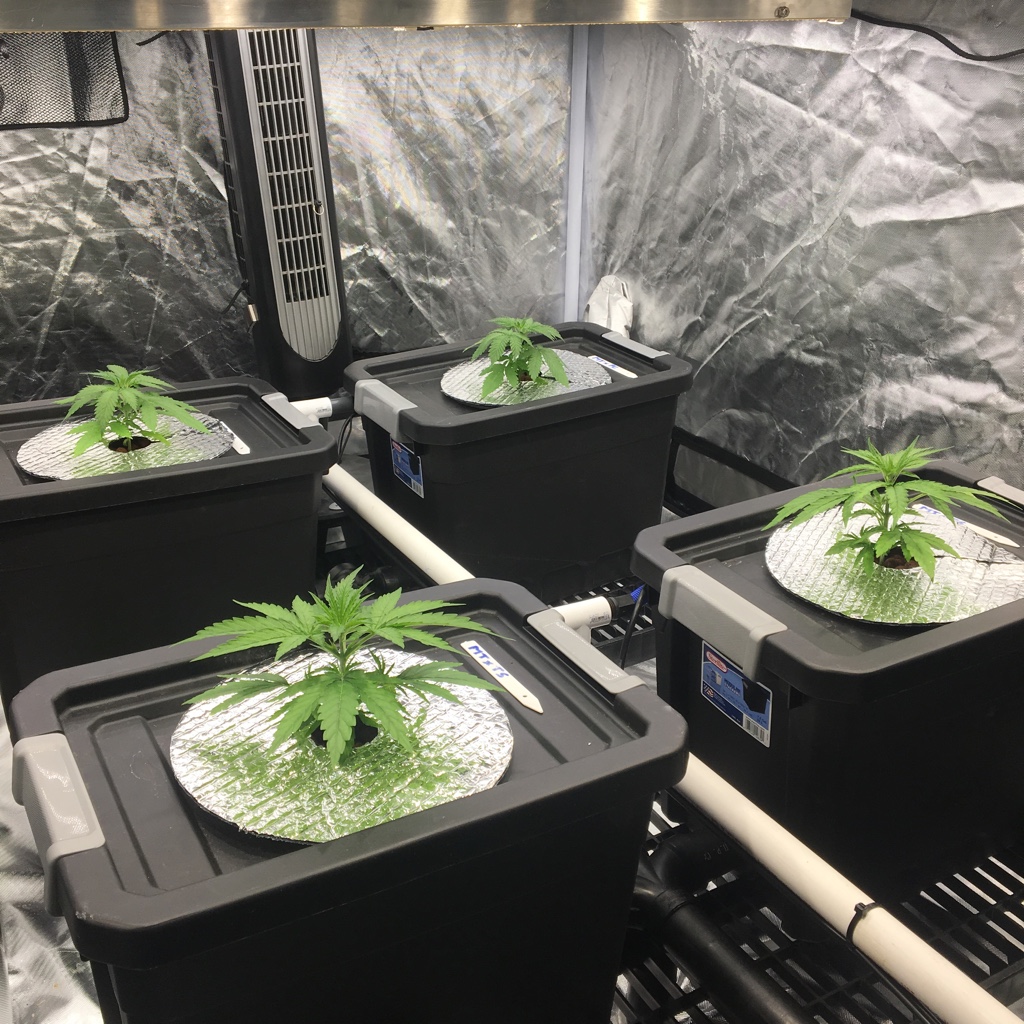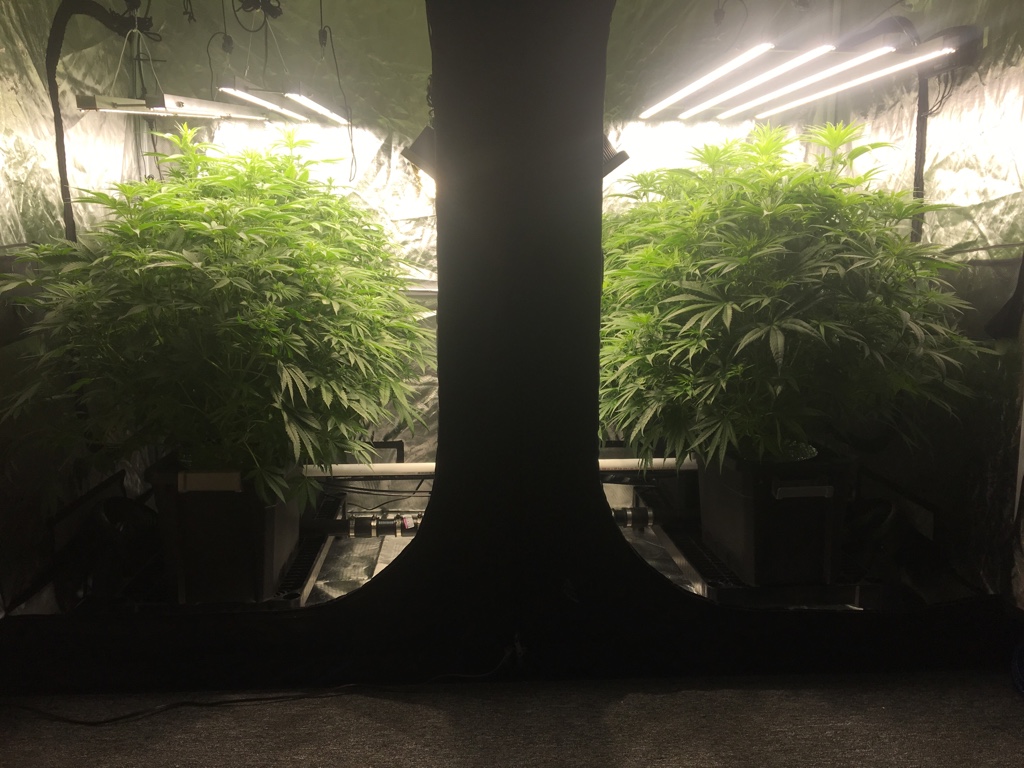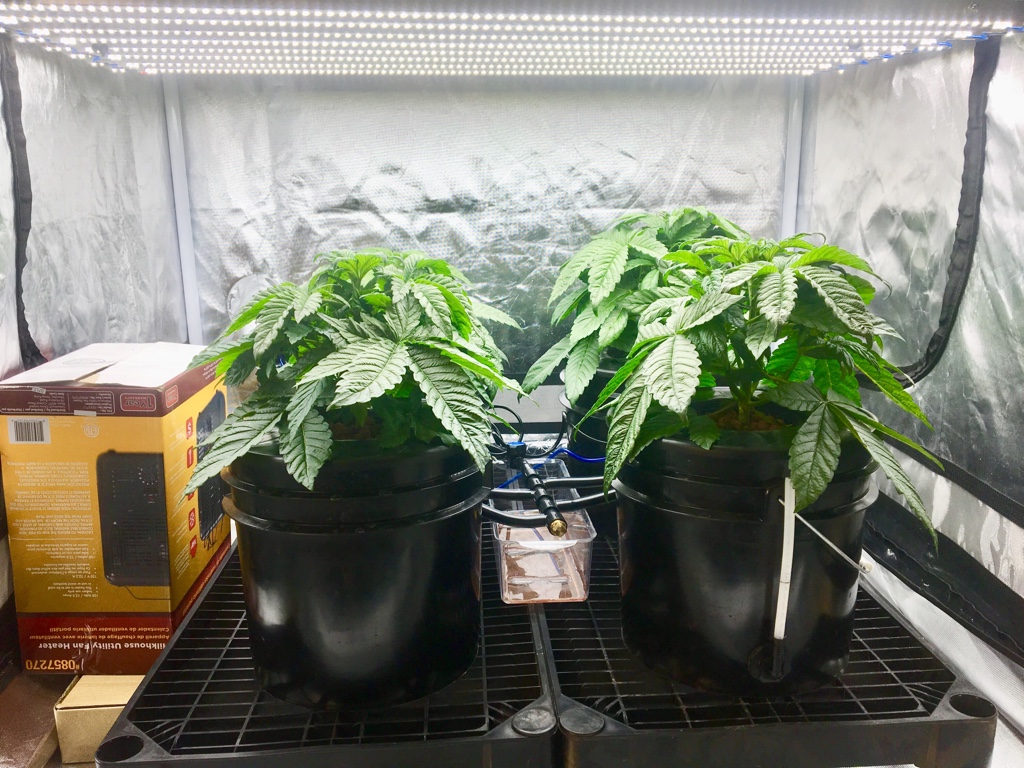gotrice007
420 Member
Hello
Does anyone have any Thermal Heat Tape to recommend. i don't wanna fry my Led Strip lol. Please attach the link.
Thanks
Rice
Does anyone have any Thermal Heat Tape to recommend. i don't wanna fry my Led Strip lol. Please attach the link.
Thanks
Rice



 How will you be doing that, DIY light mover or you going to get it from LightRail?
How will you be doing that, DIY light mover or you going to get it from LightRail?

